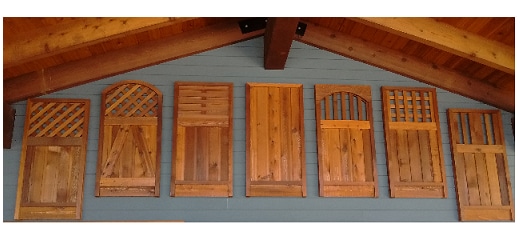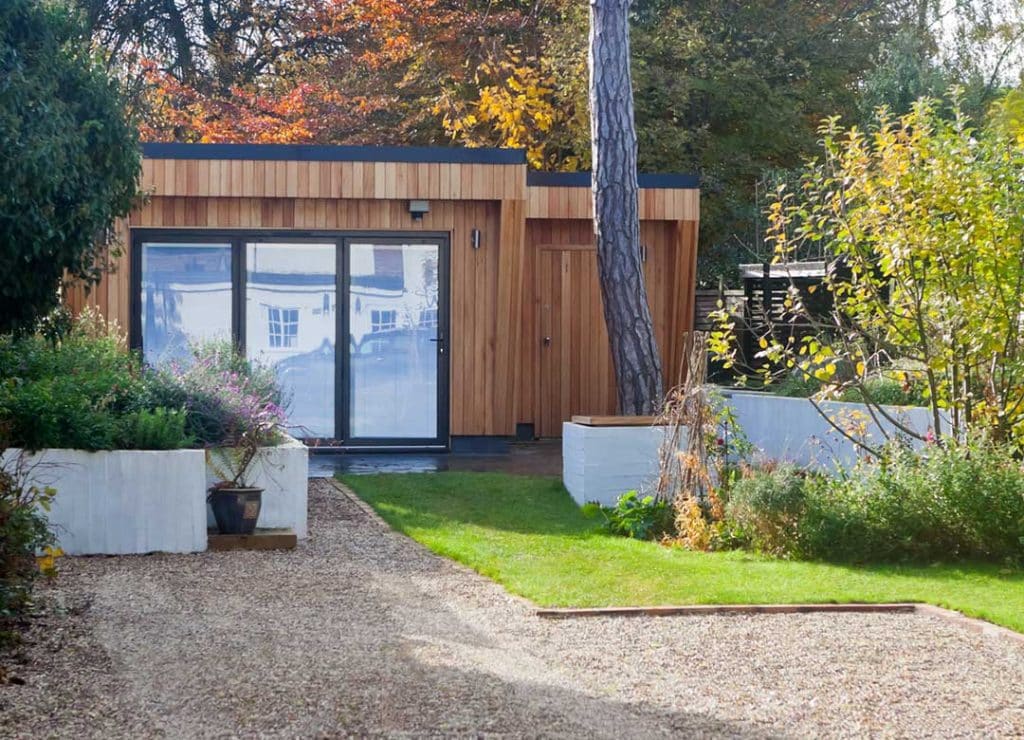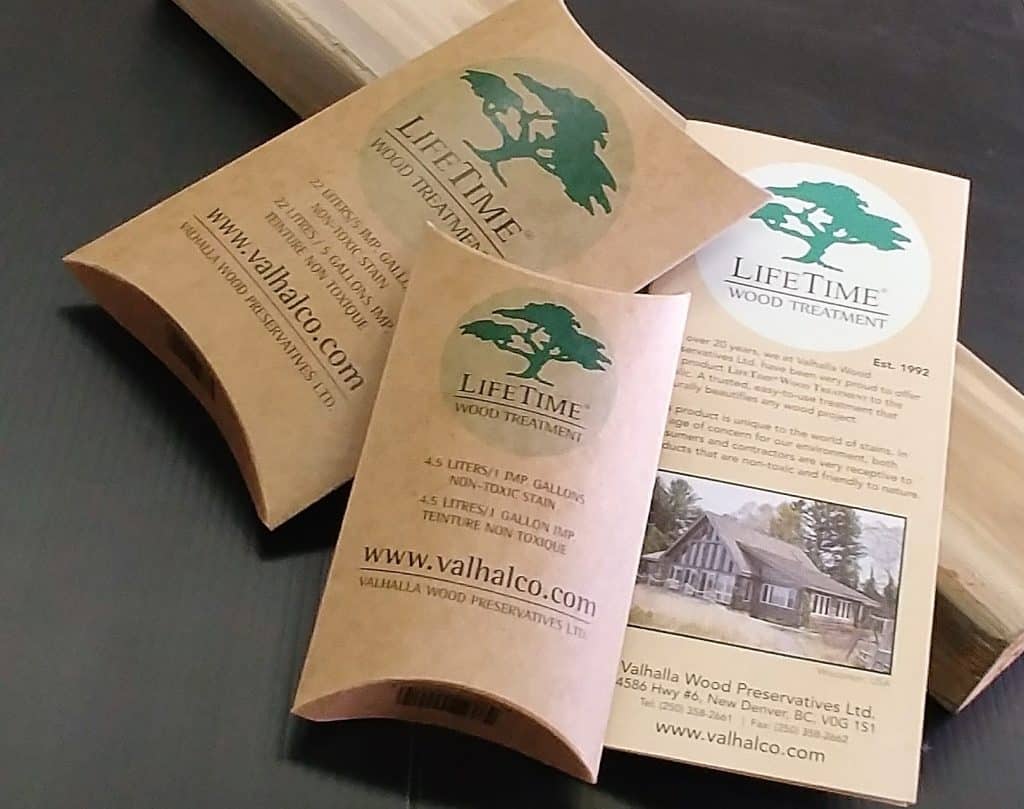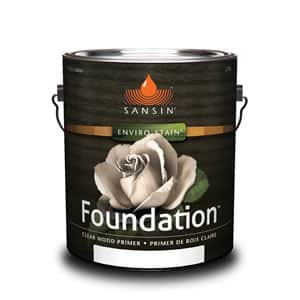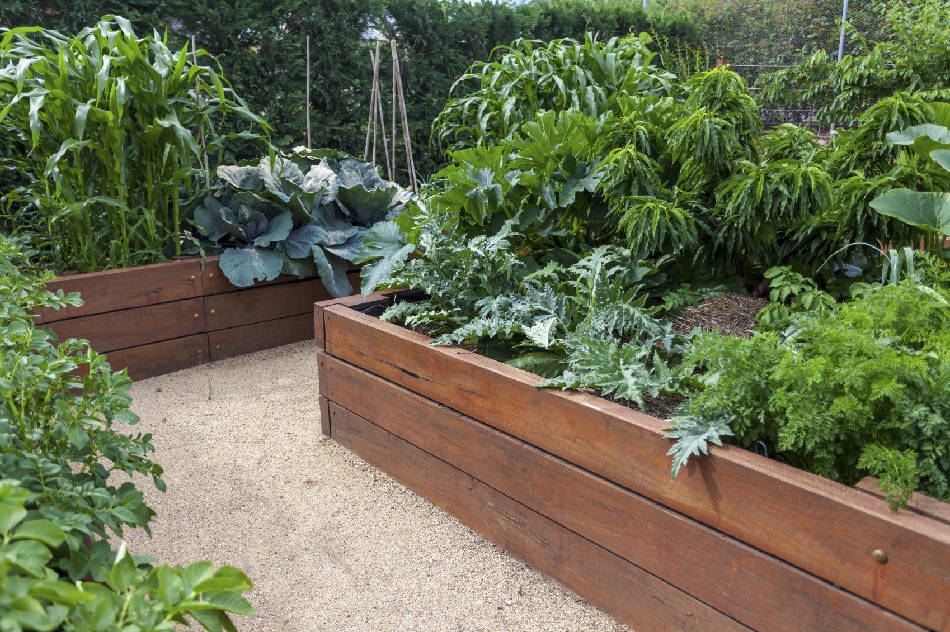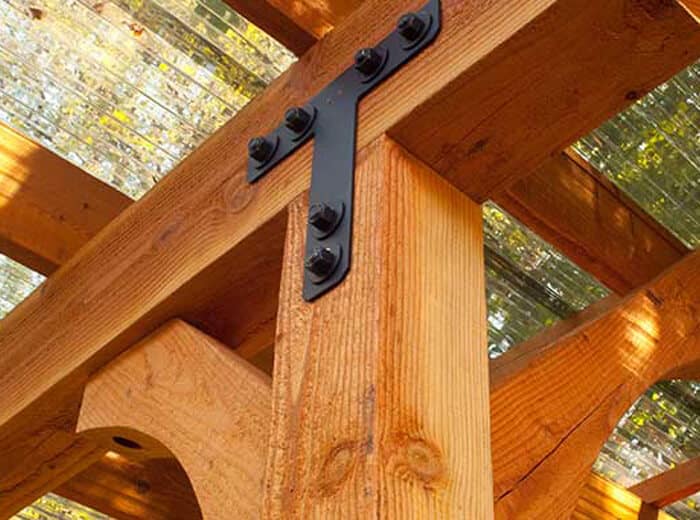The majority of customers shop around when looking for products for their home. Your home is the biggest investment you will ever make and you want it to last and look beautiful for many years. This article is intended to help you understand and search for the best fence panel for your project. It’s our belief that a well-educated customer makes for a more satisfied customer and a better end result. We will explain some of the features of our fence panels and differences you may wish to consider while researching other manufactures.
Just like in any industry, there’s a lot of things to be mindful of that reduce both the cost and quality of a panel. In order to keep price down some manufacturers will use pressure treated hemlock or fir as the frame of the panel. This can lead to twisting as they dry out. Pressure treated woods are often white woods (spruce, pine, fir, and hemlock). These species are generally less stable than cedar and may be more susceptible to cracking, warping, and shrinkage.
Other manufactured panels may use shorter boards in their panels than they advertise. A lot of diagonal lattice topped panels may be 3” to 6” shorter than the indicated 6′. For solid panels, they are often 6” shorter than the indicated 6′. These are commonly referred to as nominal height panels. These panels are made with less wood and therefore have a reduced cost. If the height of a panel is a concern to you for reasons like privacy, then full height panels like ours will achieve your needs.
Another difference is what the body of the panel is made out of, which is usually either Tongue and Grove (T&G), regular fence boards, or channel. T&G has a habit of gapping since it is generally milled with a 3/8” or less overlap. This often results in gapping and splitting as a result of being more susceptible to moisture based damage. Regular fence boards are what you commonly see around on both stick built fences and standard grade prefabricated panels also known as Contractor Grade. The main downside for these boards is the gapping which occurs due to moisture seasonally expanding and shrinking the wood. Our Premium panels are made out of channel, which we consider to the be the most durable product. Channel gives you the advantage of an increased overlap that T&G does not offer. As seasonal gapping occurs with T&G and regular fence boards, the channel’s overlap prevents the gaps from forming. If you like the look of T&G, the back side of the channel fence panels have the same look.
Another common difference in the fence panel construction is the framing. We use a 1”x2” sandwiched frame. We consider this to be the strongest option. After 25+ years of fence panel construction, our design has continued to perform greatly for us and our customers. We also make a 2”x4” framed fence panel for those people that want a larger chunkier look. People often believe that heavier panels indicate higher quality and strength, but this is not the case due to the way the panels are constructed. Lighter panels are more durable and have less issues with deformation.
Our 1”x2” Premium Panels are lighter and stronger than other types of framed panels. The nailing pattern eliminates the potential cracking of the panels due to the forces of nature. Our Premium Solid panels come with the added strength of a 1”x4” mid brace, supporting the boards across the entire length of the panel and preventing the boards from warping. Other retailers may sell a variety of other panels that can appear to be the same as ours, but they may be constructed differently. Be sure to ask plenty of questions about the construction of the panels when you are trying to find what panel works best for you.


